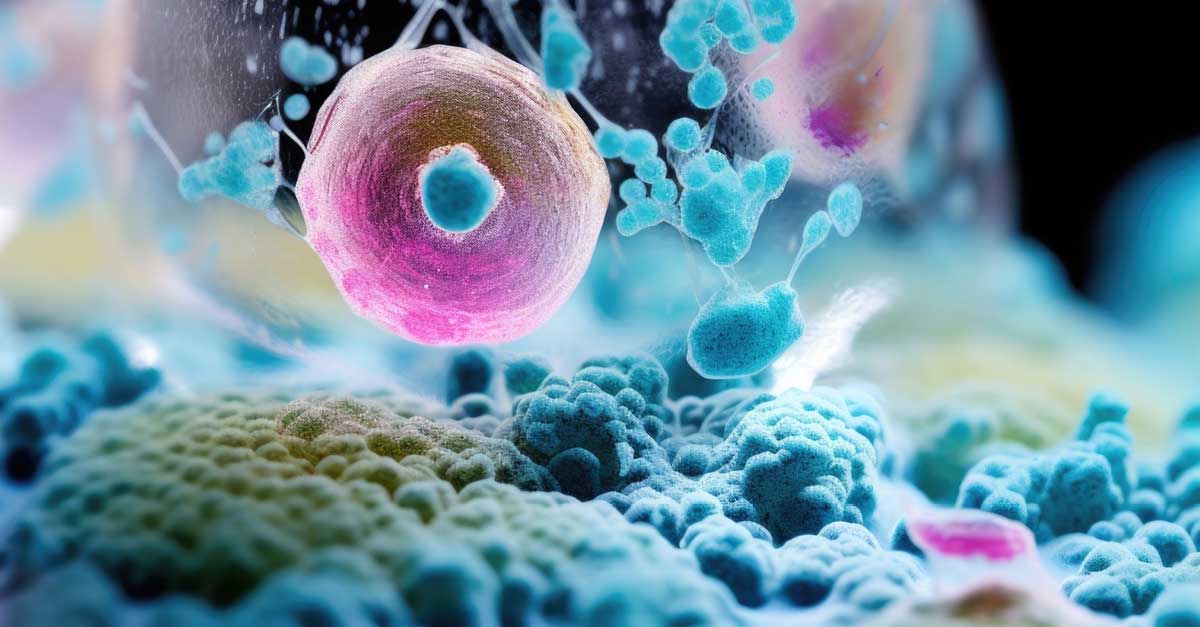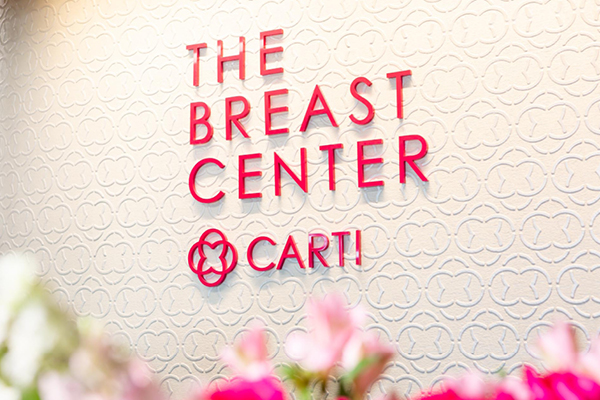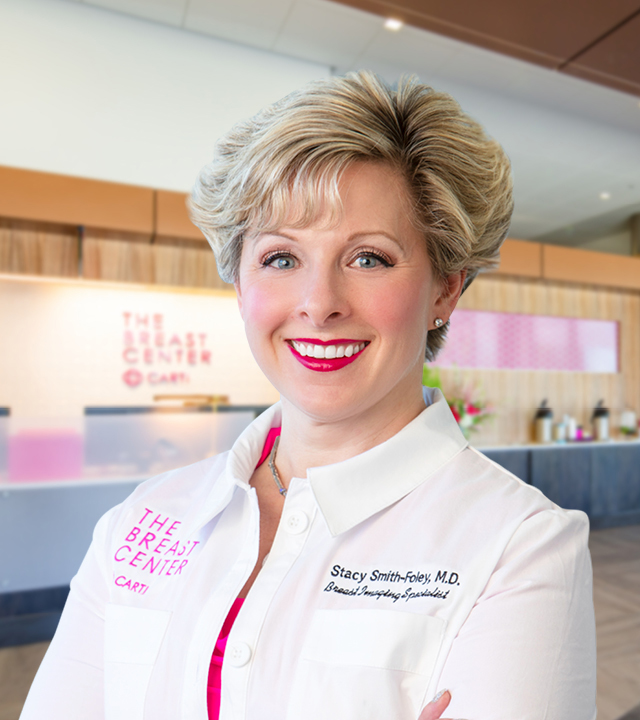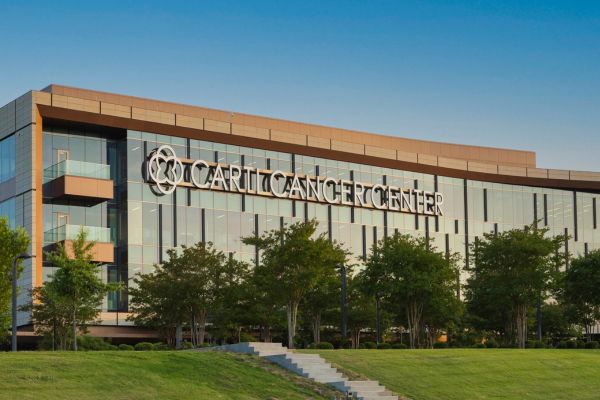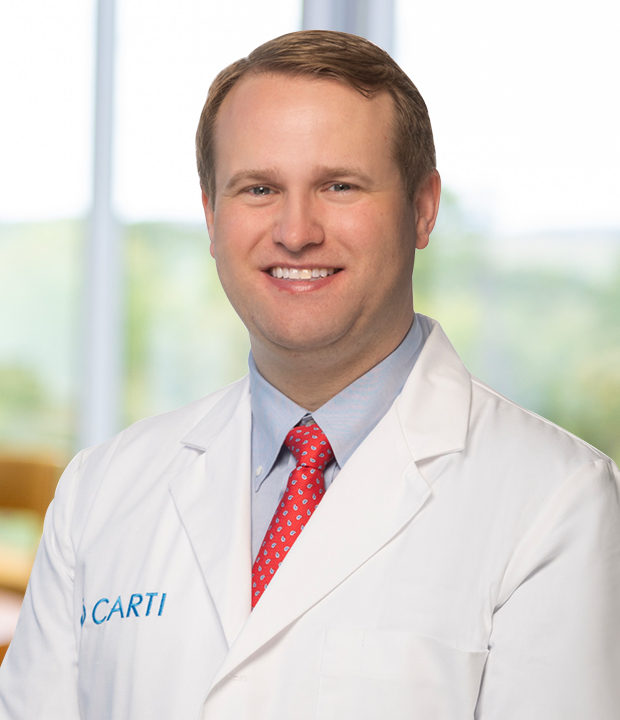Breast Cancer Surgery’s Most Frequently Asked Questions
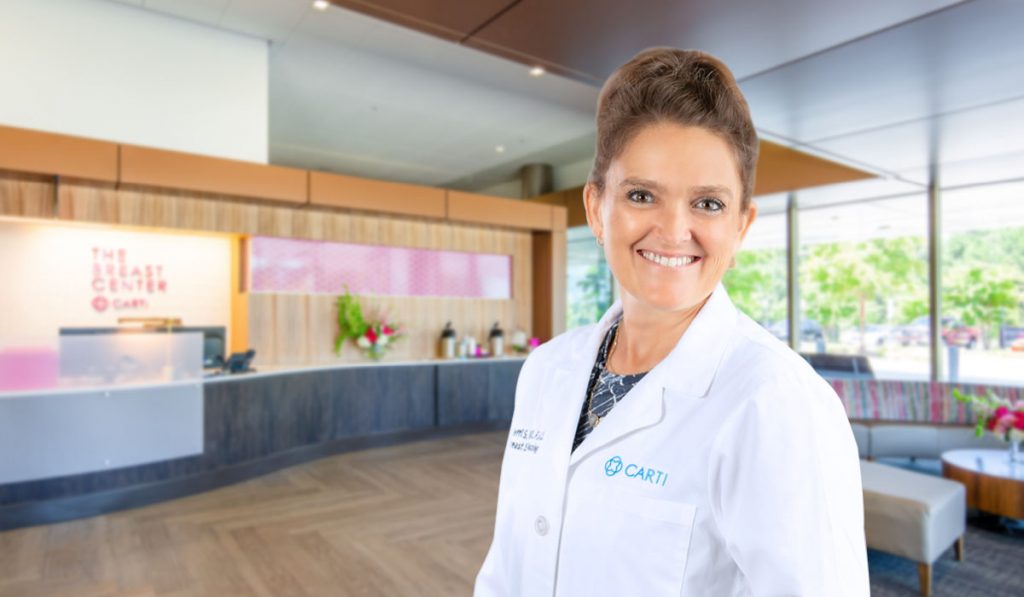
For many patients undergoing breast cancer treatment, surgery is part of their treatment plan. Learning that you will have to have breast cancer surgery can be overwhelming and raise a lot of questions. Jerri Fant, M.D., F.A.C.S., a breast surgical oncologist at CARTI, has answered some of the most common ones here.
1) Is surgery the only step in curing breast cancer?
While surgery is an important part of treating breast cancer, the process is part of a comprehensive care team approach. There are typically three specialists that are involved in each patient’s team: the surgical oncologist (who removes the cancer and often stages the lymph nodes), the medical oncologist (who focuses on the blood stream and risk to the body), and the radiation oncologist (who adds further local protection to the area where the cancer originated).
2) Does surgery always come first?
No. The order of treatment depends on the details of the cancer. Years ago, surgery usually came first to remove the primary tumor. We have learned with research that some breast cancers are cured more effectively if we treat the bloodstream first. This is confusing to a lot of patients, but I explain it like this: If a mass is larger, or has certain characteristics (such as a protein on the outside of the cell called “her-2/neu”) or doesn’t have any features that we can target to help kill the cancer cells (referred to as “triple negative”) we begin with chemotherapy to start killing any cells that could be floating around in the bloodstream much sooner.
This also allows us to monitor the tumor size so we know the best drugs for the patient’s specific cancer are being used. This is called “neoadjuvant” chemotherapy, which means systemic treatment is being given before the surgery to remove the cancer. Studies have shown those patients have better outcomes with that order of approach.
3) If I just have the breast removed, can’t I avoid other treatment like chemotherapy and radiation?
Unfortunately, it’s not that simple. I wish it were! The reality is that there is more to curing breast cancer than just taking care of the mass we can see and feel. For some types of breast cancer, like DCIS that is really early cancer, the cancer hasn’t spread because it is still contained by the milk duct, and is often detected only by mammogram before a mass can be felt. For this type of cancer, a simple mastectomy may be all that is needed.
However, many patients with breast cancer have a tumor that represents cancer cells that are already outside of the milk duct, or lobule, before we know it is there. Once the cancer cells get out into the fatty tissue of the breast, they can hop into blood vessels or lymph channels around the area and float around the body.
If we develop a metastasis, or a cancer that starts to grow outside the original place it started, the cancer can still be managed, with success for that patient, but it can no longer be cured. We prefer to kill those cells with treatment such as chemotherapy or hormone blocking pills before they have a chance to spread. This means that while surgery to remove the primary disease is still one critical step in curing our patients, paying attention to the bloodstream risk is just as important. In those cases, I can perform very aggressive surgery in the breast area, but it still wouldn’t take care of the blood stream or risk to the body for many types of breast cancer.
Each patient’s breast cancer is unique and the cells have unique features. We now have the knowledge to customize treatment so the specific features of an individual’s cancer are targeted. That is the reason that surgery alone won’t cure everyone, and one person’s care plan can be very different from another’s.
4) Why do you have to remove lymph nodes if you don’t know they have cancer in them?
This is a question I often get from patients because many patients are aware that removing lymph nodes could create other health issues. Lymph nodes filter fluid from under the arm, and removing them could create a future risk of fluid backing up into the arm and causing it to swell. We refer to this swelling as lymphedema. If lymph nodes are removed, patients have to protect that arm from trauma, such as needle sticks or blood pressure check compressions, particularly after surgery is performed. Previously, the risk of arm swelling after lymph node dissection was 40%, but the good news is that we now have a simpler surgery for lymph node evaluation that only causes a 5-8% risk of arm swelling after surgery. This is the best option for patients in whom there is no evidence of abnormal changes in the lymph nodes.
Because lymph node evaluation is a critical part of staging a patient’s breast cancer, we still have to look at pathology on at least the lymph node from that breast. Looking at the lymph nodes under the microscope is necessary to know they are definitively clear, since I can’t feel isolated tumor cells that could be there. We now can inject a targeting agent that filters to the lymph nodes and allows me to determine which lymph node’s cancer would most likely filter into first, from the primary tumor. This is usually given by an injection into the breast before surgery of either a radioactive tracer or a blue dye.
Unlike 20 years ago when we were still doing full lymph node resections, which gave the pathologist approximately 20 nodes to process, we now are able to accurately prove the lymph nodes to be negative by only removing single-digit numbers of nodes. This – along with improved testing measures under the microscope — allow the pathologist time and ability to evaluate the entirety of the sample removed and detect as little as a single cancer cell that could be there. Currently, there isn’t an imaging tool that is as accurate in proving the nodes to be clear or involved.
5) Will I need a drain after surgery?
We place drains into wound areas after surgery in order to decrease accumulation of the protein fluid produced by the body that fills in spaces where tissue has been removed. If a mastectomy (breast removal) is performed, one to two drains are routinely placed before closing the chest wall wound. These drains are easy to empty at home and are removed in the surgeon’s office usually one to two weeks after surgery. Timing of drain removal depends on the amount of fluid produced over a 24 hour period. We like to see that volume down low enough that we expect the surrounding tissue to be able to reabsorb it on its own.
Pulling the drain in the office doesn’t require anesthetic as the nerves in the area usually are relatively numb immediately after the operation. If we perform breast conservation (lumpectomy) instead of breast removal, drains are traditionally not used. Surgeons did place drains into the breast after lumpectomy years ago, but they created tethering as the breast healed and this caused a poor shape/cosmetic outcome for the breast after healing. If the body produces too much fluid after lumpectomy, I often ask the mammography radiologist to aspirate the fluid with a small needle and some numbing medication to relieve discomfort, if needed.
Learn more about how CARTI provides expert treatment for breast cancer and breast cancer surgery at the Breast Center, where you can also schedule your next mammography at CARTI today.


